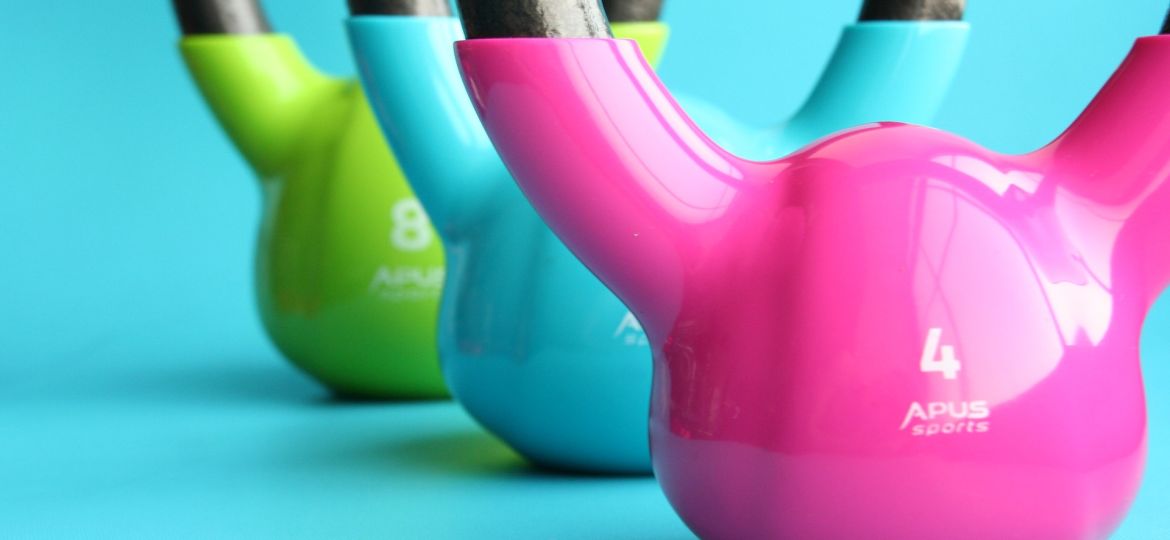
This calf exercise is also good for training the plantarflexion muscles. The knees bent position minimizes the involvement of the large gastrocnemius muscle and puts more emphasis on the other plantarflexion muscles in the calf. Use the exercise for sports like sprinting, soccer, gymnastics and hockey. It also fits well in calf and ankle rehabilitation programs. The seated calf raise is suitable for any level and can be done at home or in a gym. A special piece of equipment is usually used for the standard exercise, but variants that do not require any equipment are equally effective.
How
Take the desired weight in the seated calf raise device. Sit and place the lower thighs and knees under the support and feet on the bar so that the heels protrude over the edge. Raise the support by pushing your feet up on the ball. Then slowly lower the weight until the heel is below the bar as far as it will go. Repeat as often as desired.
Do it well
Raise as high as possible on the balls of the feet, lowering the heels as low as possible during the descending movement.
Warning
Maintain a calm, controlled technique and do not spring at the lowest point of the movement.
Variations
Light
Sit down and put your feet on a step. Place a folded towel on the thighs and knees, and place a weighted barbell on the towel. Raise the heels until you balance on the balls of the feet. Now lower the heels as far as possible under the back of the step.
Heavy
Increase the challenge by focusing on one calf at a time. Do the upward movement as in the standard exercise, so that both legs lift the weight against gravity. Slowly lower the weight onto one calf and relax the other calf. In this way you get an eccentric overload of the muscles in the downward phase of the exercise. Repeat with the other leg.
Active muscles
- Soleus (onder triceps surae fascia)
- Flexor hallucis longus
- Flexor digitorum longus
- Tibialis posterior
- Plantaris

